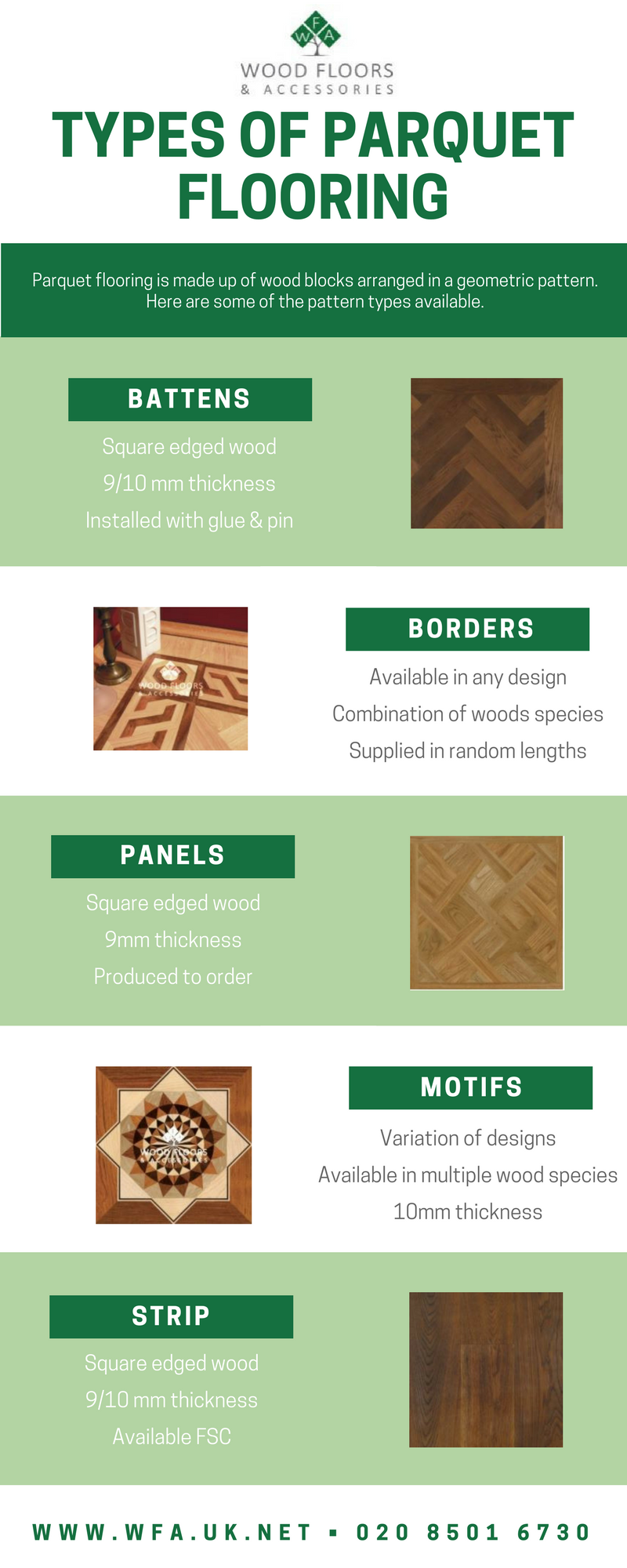How To Budget For Your Floor Covering Project: A Practical Guide
How To Budget For Your Floor Covering Project: A Practical Guide
Blog Article
Short Article Produced By-Proctor Axelsen
When you're preparing a flooring task, budgeting isn't almost picking a number; it's about understanding what you absolutely need and the prices entailed. You'll intend to analyze your particular demands, research study various materials, and anticipate unforeseen expenses. Consider how variables like area function and installment approaches can impact your budget plan. However before you enter, there are some essential information you could neglect that might dramatically affect your total prices. Let's explore just how to navigate these intricacies and ensure your project stays on track.
Assessing Your Flooring Requirements
Prior to diving into your floor covering task, it's essential to examine your flooring requires. Beginning by considering the certain areas where you plan to install new flooring. Think about the purpose of each space. As an example, kitchens and bathrooms call for waterproof products, while living locations could benefit from comfort and looks.
Next, assess the status quo of your floorings. Are there any kind of architectural issues, such as irregular surface areas or moisture troubles? Addressing these problems beforehand can save you money and time down the line.
Likewise, make note of the dimensions of each space to establish just how much flooring you'll need.
Do not fail to remember to consider your way of living. If you have animals or young kids, sturdiness could be your top priority, while an extra formal room might ask for an elegant finish. Additionally, consider your layout preferences. Do you prefer a timeless appearance, or are you attracted to modern-day designs?
Finally, be realistic regarding just how much maintenance you're willing to devote to. Some materials require even more maintenance than others. By recognizing your needs clearly, you'll be much better equipped to make educated options as you move on with your flooring project.
Estimating Expenses and Materials
Approximating prices and materials is an essential step in your flooring task that can dramatically influence your overall spending plan. Begin by gauging your area properly to establish how much floor covering you'll require. For many materials, you'll find prices by square foot, so gather quotes from numerous providers to get a practical number.
Next off, think about the sort of flooring you desire. Alternatives like hardwood, laminate, tile, or rug all featured various price factors. Research the expenses for every and consider any additional products like underlayment, glue, or change strips.
Do not forget to consist of tools if you're intending a do it yourself installment, as renting out or buying devices can include in your expenses.
Labor costs are another important factor to consider. If you're hiring specialists, get estimates from numerous service providers to ensure you're obtaining a fair cost. Be clear concerning the range of job to avoid unexpected costs later on.
Lastly, epoxy coating companies near me to reserve a tiny percentage of your allocate any kind of unexpected expenses associated with materials. By extensively estimating your expenses and materials in advance, you'll set yourself up for a smoother and extra manageable floor covering task.
Preparation for Hidden Costs
Many house owners ignore the surprise expenses that can arise throughout a flooring job, which can bring about budget overruns. To avoid this, you need to prepare for possible added expenses.
First, consider the condition of your existing subfloor. If view it damaged or unequal, you'll likely need repairs or progressing, which can add significantly to your total cost.
Next, consider elimination and disposal costs for your old flooring. Many professionals bill added for this solution, so variable that right into your budget plan.
Furthermore, do not ignore the prices of underlayment, which may not be consisted of in the preliminary quote but are important for a successful installation.
You ought to likewise plan for unexpected complications, such as pipes or electric job if your floor covering project includes relocating components. It's wise to allot a minimum of 10-15% of your total budget for these unexpected costs.
Lastly, keep in mind that authorizations may be required for certain installments. Always examine neighborhood guidelines to prevent fines or delays.
Final thought
Finally, budgeting for your floor covering job is important for a successful result. By evaluating your requirements, estimating expenses, and planning for concealed costs, you'll prevent surprises and remain on track. Keep in mind to allot a section of your budget for unforeseen expenses and maintain an in-depth malfunction of your expenses. With click the up coming post and factor to consider, you'll create an attractive room that satisfies your needs without breaking the bank. Pleased floor covering!
